Bloomerang® Purple
![]()
The optimum amount of sun or shade each plant needs to thrive:
Full Sun (6+ hours), Part Sun (4-6 hours), Full Shade (up to 4 hours).

Description
[cs_content][cs_element_section _id=”1″ ][cs_element_layout_row _id=”2″ ][cs_element_layout_column _id=”3″ ][cs_element_text _id=”4″ ][cs_content_seo]A traditional lilac with a twist!
The Bloomerang Purple lilac is unique for both its shape and its ability to rebloom, making it stand out from traditional lilacs. Smaller than traditional lilacs, the Bloomerang has a nice rounded shape that helps it fit into almost any landscape design. The classic lilac purple flowers bloom in the spring, take a brief rest to add new growth and then bloom again from mid-summer through fall. This lets you enjoy the beauty of your lilac plants almost all year
long! As with most lilacs, the Bloomerang does need a period of cold weather to provide maximum bloom so it doesn’t do well in southern climates.
Here are three great reasons to grow Bloomerang Purple:
Reblooms to provide color and fragrance in spring, summer, and fall.
Disease resistant so there’s no ugly brown or white foliage from fungus or bacteria.
A neat, rounded shape lets it fit into any border or bed.
CHARACTERISTICS
Plant Type: Shrub
Shrub Type: Deciduous
Height Category: Medium
Garden Height: 48 – 60 Inches
Spacing: 60 – 72 Inches
Spread: 48 – 60 Inches
Flower Colors: Purple
Flower Shade: Lavender
Foliage Colors: Green
Foliage Shade: Green
Habit: Mounded
Container Role: Thriller
\n\n[/cs_content_seo][/cs_element_layout_column][/cs_element_layout_row][/cs_element_section][cs_element_section _id=”5″ ][cs_element_layout_row _id=”6″ ][cs_element_layout_column _id=”7″ ][cs_element_accordion _id=”8″ ][cs_element_accordion_item _id=”9″ ][cs_content_seo]Plant Needs\n\n
* {
box-sizing: border-box;
}
/* Create two equal columns that floats next to each other */
.column {
float: left;
width: 50%;
padding: 10px;
height: 150px; /* Should be removed. Only for demonstration */
}
/* Clear floats after the columns */
.row:after {
content: “”;
display: table;
clear: both;
}
Light Requirement: Sun
Maintenance Category: Moderate
Blooms On: New Wood | Old Wood
Bloom Time: Early Summer | Mid Summer | Late Summer | Early Fall | Mid Fall | Mid Spring | Late Spring
Hardiness Zones:
3a, 3b, 4a, 4b, 5a, 5b, 6a, 6b, 7a, 7b
Water Category: Average
— Needs Good Drainage
Uses: Border Plant | Container | Cut Flower | Landscape | Mass Planting
\n\n[/cs_content_seo][cs_element_accordion_item _id=”10″ ][cs_content_seo]Details\n\nUses Notes:
A classic addition to foundation plantings and mixed borders. Bloomerang lilac is also a popular choice for planting in decorative containers – learn more here.
Maintenance Notes:
Plant only in full sun and well-drained soil; lilacs cannot tolerate soggy, wet conditions.
The rebloom of Bloomerang lilac occurs on the new growth the plant creates after its spring bloom. For the best rebloom, it’s vital that the plant grows vigorously during late spring and early summer. Do this by keeping it well-watered and mulched and in plenty of sun (six hours a day at least). If you wish to fertilize it, you may do so in early spring, once the ground has thawed, and again in late spring, after it blooms.
If you want to prune Bloomerang lilac, do so immediately after its spring bloom. Never cut it back in fall, winter, or early spring – doing so will remove the spring flower buds. It is not necessary to prune Bloomerang lilac in order for it to rebloom. However, giving it a light trim after blooming does remove the developing seed heads (they look like green bananas, and some people don’t care for the way they look on the plant), providing a neater look, and encourages more new growth for reblooming. Trimming after blooming will delay the rebloom by a few weeks compared to an untrimmed Bloomerang lilac.
Like nearly all lilacs, Bloomerang lilac actually requires a period of cold weather in order to bloom well. This is why lilacs are not typically suited to warmer climates. However, they are very, very cold tolerant and thrive in climates as cold as USDA zone 3.
Fun Facts:
The botanical name of lilac, Syringa (suh-RIN-gah), is from the Greek word syrinx, which means tube. This is because the stems of lilac contain a spongy pith which can be removed, leaving a hollow tube that has traditionally been used to create pan-pipes
\n\n[/cs_content_seo][/cs_element_accordion][cs_element_accordion _id=”11″ ][/cs_element_accordion][/cs_element_layout_column][/cs_element_layout_row][/cs_element_section][cs_element_section _id=”12″ ][cs_element_layout_row _id=”13″ ][cs_element_layout_column _id=”14″ ][cs_element_text _id=”15″ ][cs_content_seo]This plant is hardy in zones 3 – 7
\n\n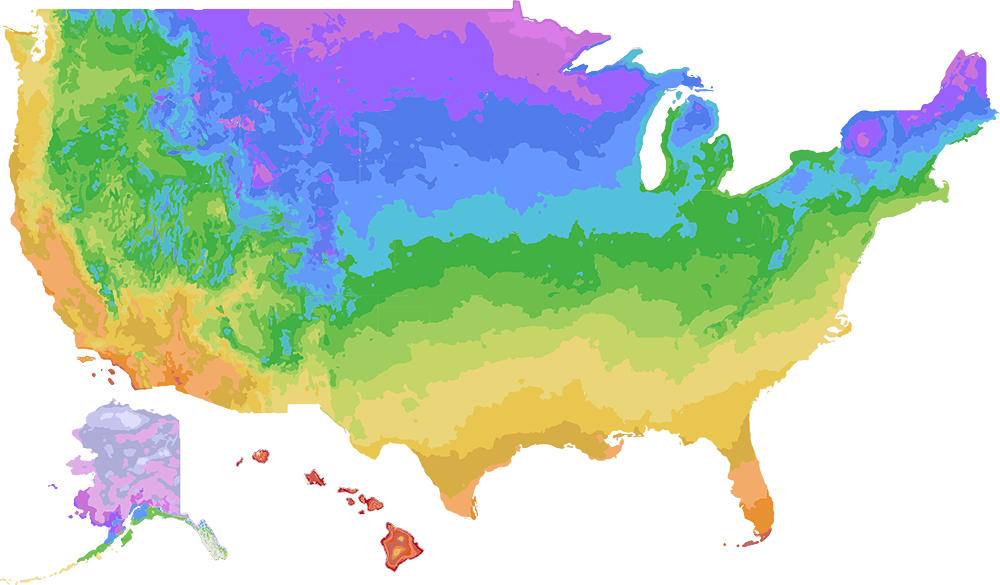 [/cs_content_seo][/cs_element_layout_column][cs_element_layout_column _id=”16″ ][cs_element_text _id=”17″ ][cs_content_seo]Zones are based on the lowest average temperature an area is expected to receive during the winter. They are used to determine whether a plant is likely to be perennial in your area. If your zone is equal to or higher than the zone listed for the plant, it will be hardy for you and thrive in your climate.
[/cs_content_seo][/cs_element_layout_column][cs_element_layout_column _id=”16″ ][cs_element_text _id=”17″ ][cs_content_seo]Zones are based on the lowest average temperature an area is expected to receive during the winter. They are used to determine whether a plant is likely to be perennial in your area. If your zone is equal to or higher than the zone listed for the plant, it will be hardy for you and thrive in your climate.
\n\n [/cs_content_seo][/cs_element_layout_column][/cs_element_layout_row][/cs_element_section][/cs_content]
[/cs_content_seo][/cs_element_layout_column][/cs_element_layout_row][/cs_element_section][/cs_content]
Additional information
| Flower Season | Fall |
|---|---|
| Exposure | Sun |
You must be logged in to post a review.

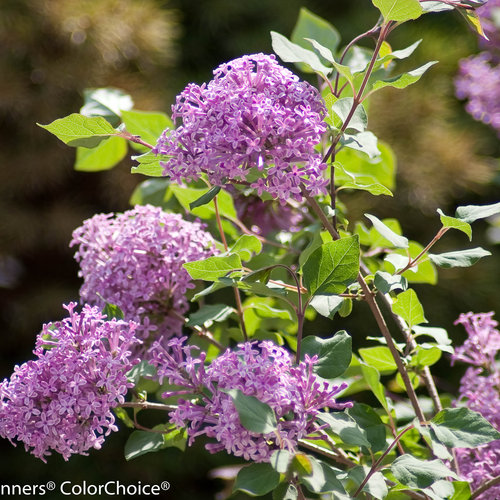
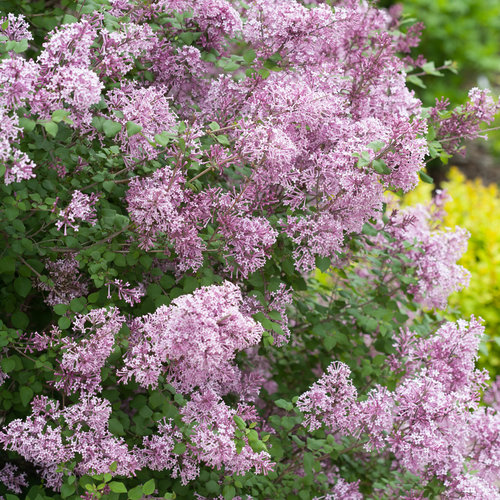
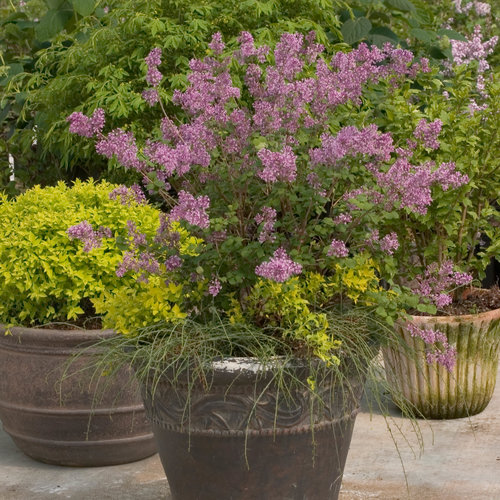
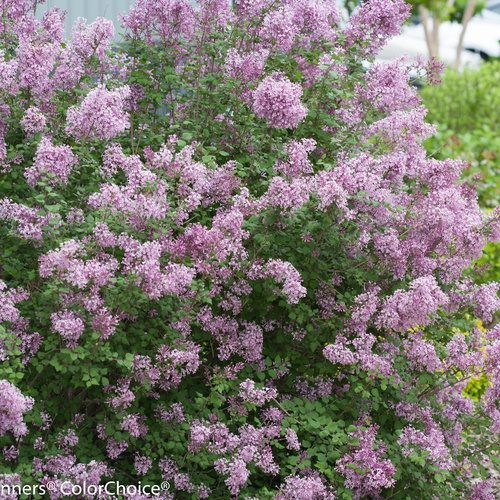
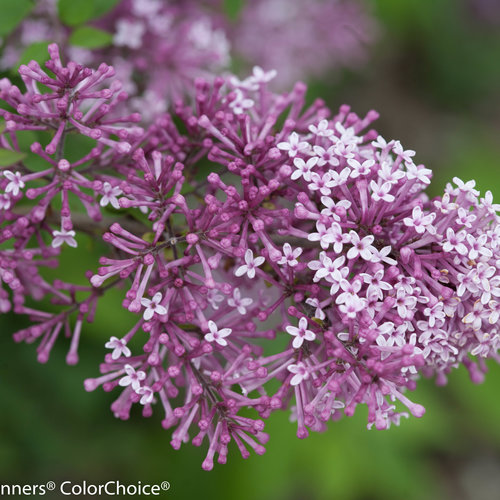
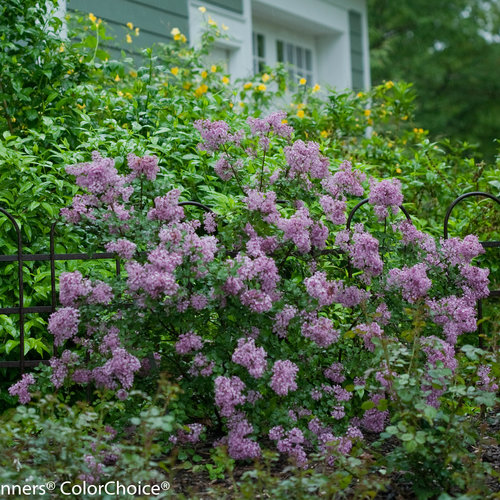
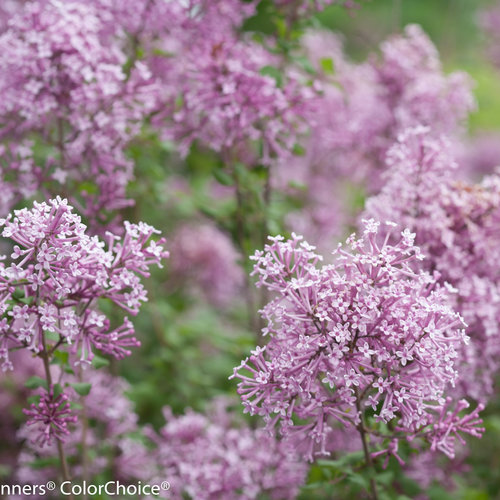
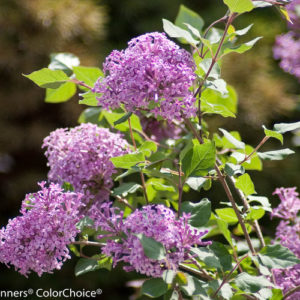
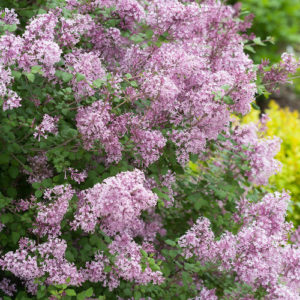

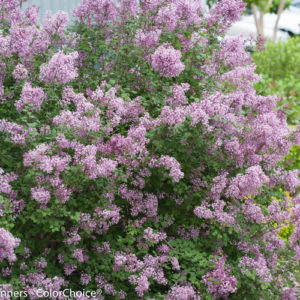
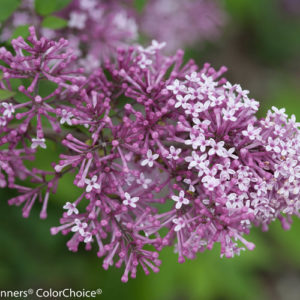
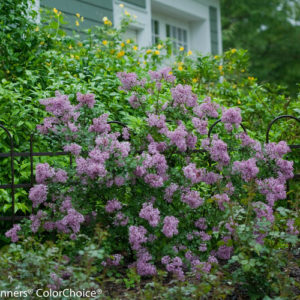
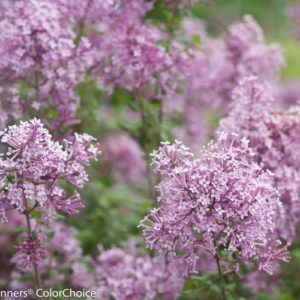
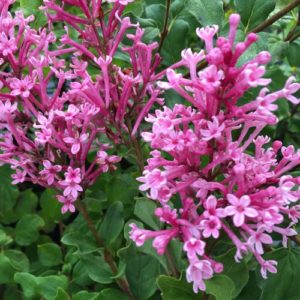
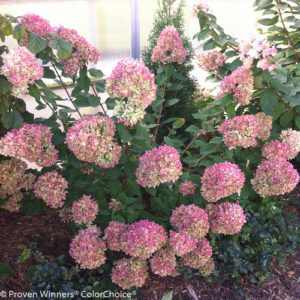
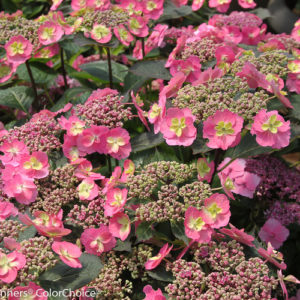
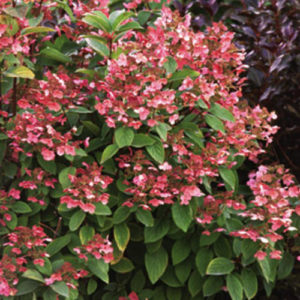
Reviews
There are no reviews yet.